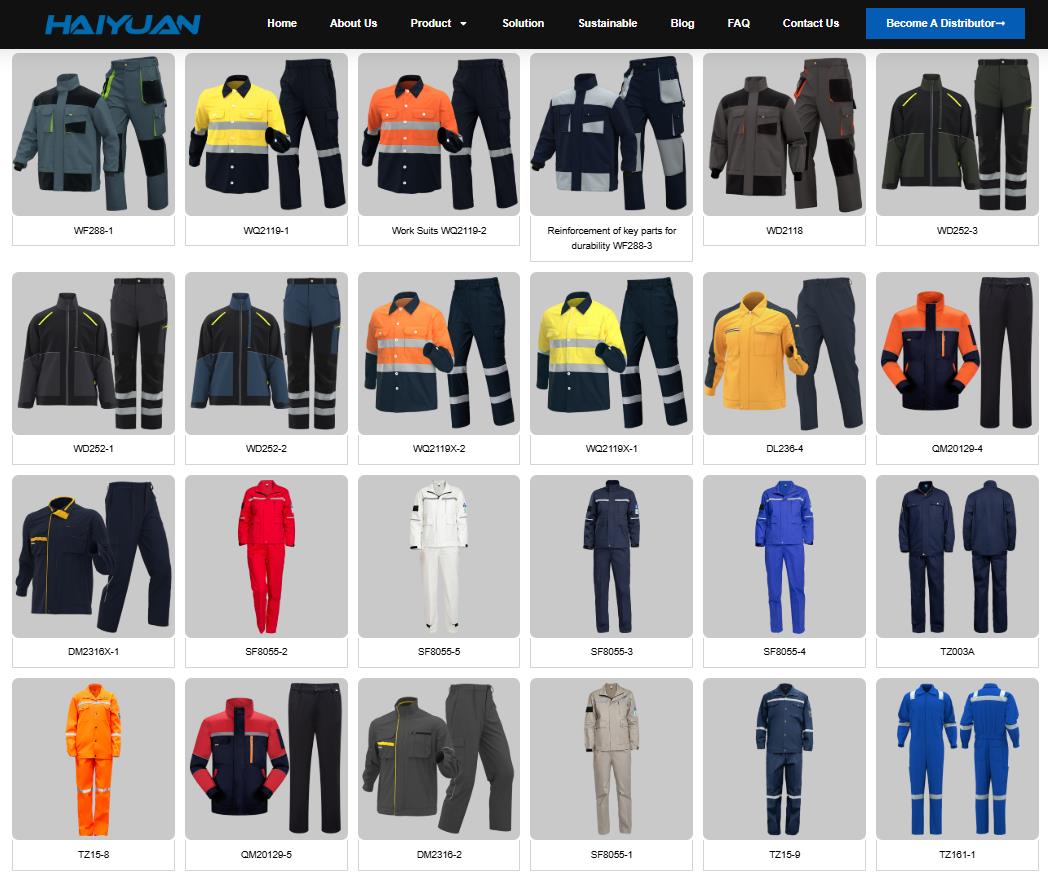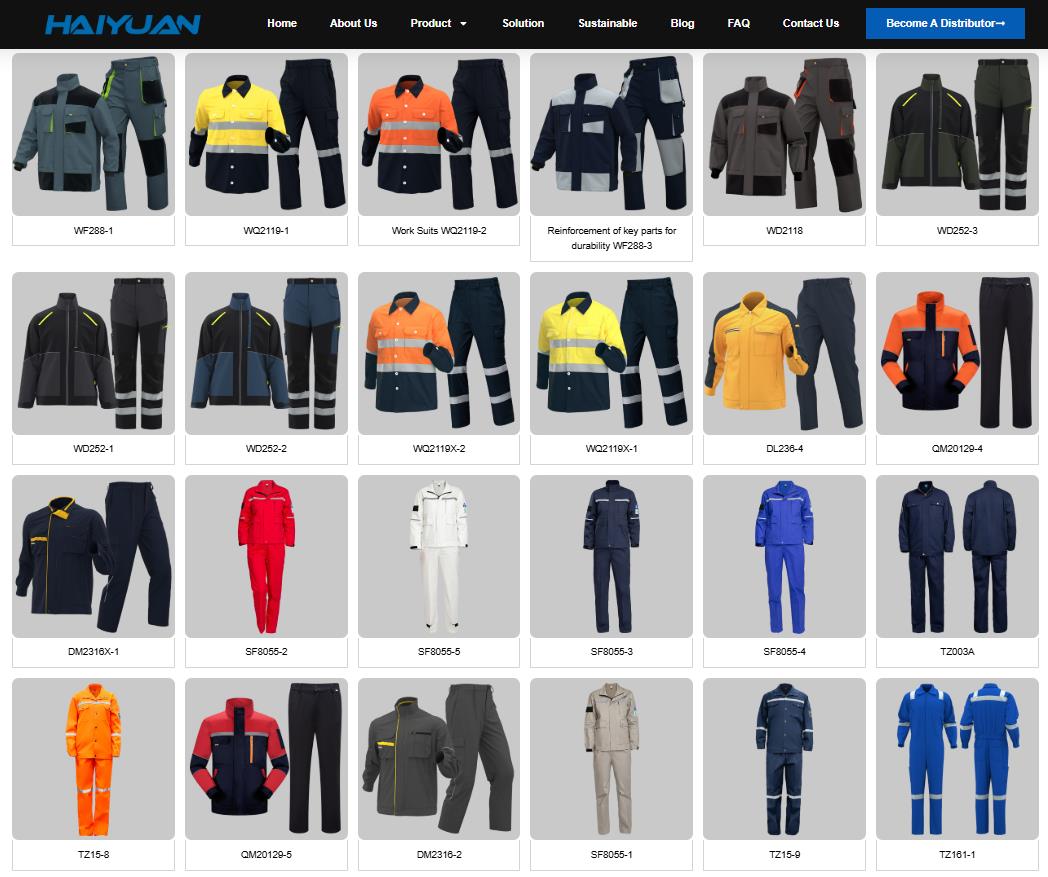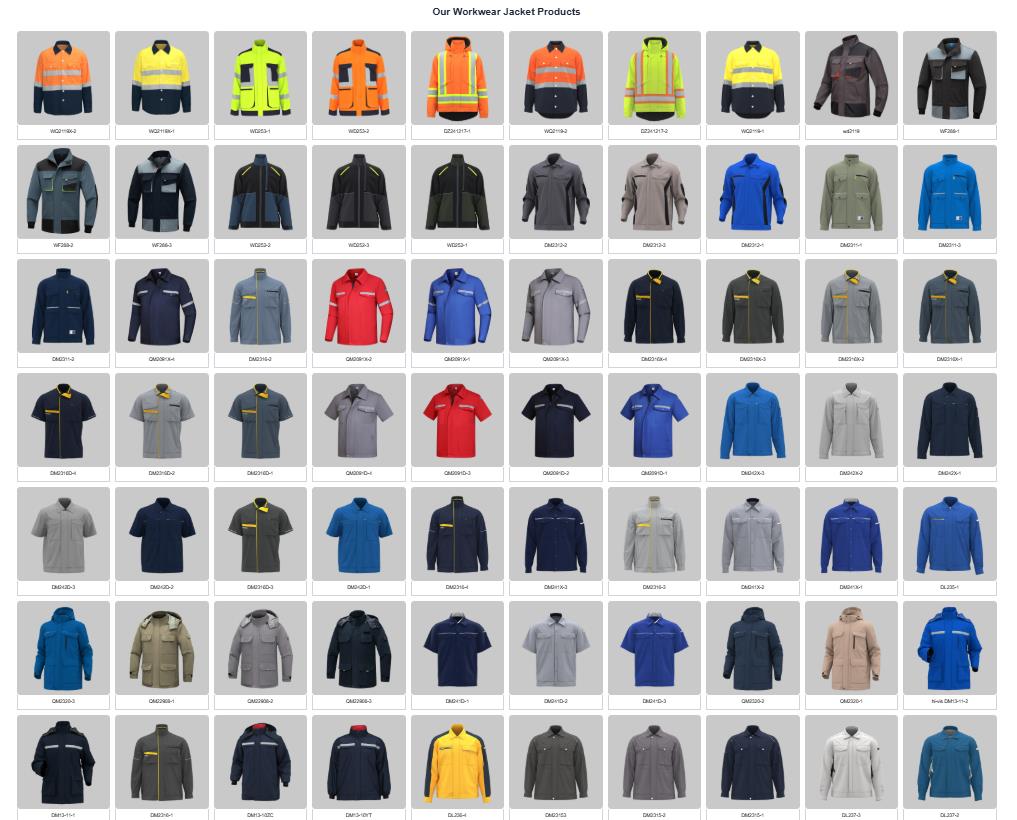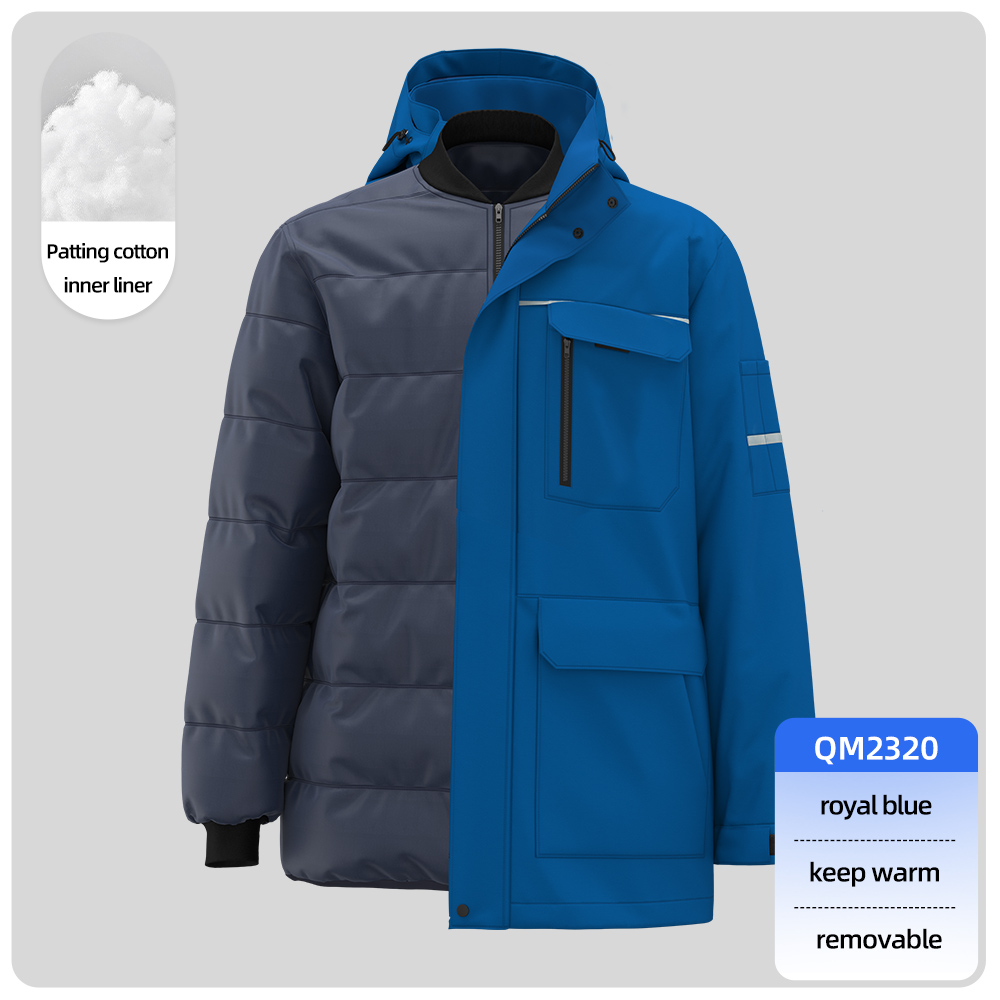Of course. This is a very specific and practical request. Here is a clear, actionable guide for a Mongolian company looking to import work uniforms from China, focusing on the critical element: the customs commodity code.
A Guide for Mongolian Companies: Importing Work Uniforms from China
For a Mongolian company, sourcing cost-effective and high-quality work uniforms from China is a smart business decision. However, the customs clearance process can seem daunting. The single most important piece of information you need is the Harmonized System (HS) code, also referred to as the customs commodity code.
This code determines the import duty rate, VAT, and any regulatory requirements for your shipment. Using the wrong code can lead to delays, fines, or seizure of your goods.
1. Finding the Correct Customs Code (HS Code)
The product you are describing is “workwear” or “professional clothing.” The broad HS code chapter for apparel is Chapter 61 (for knitted fabrics) and Chapter 62 (for woven fabrics).
The most likely and accurate HS code for your men’s work uniforms will be:
-
HS Code: 6203.42.90.90
-
Chapter 62: Articles of apparel and clothing accessories, not knitted or crocheted.
-
Heading 62.03: Men’s or boys’ suits, ensembles, jackets, blazers, trousers, etc.
-
Subheading 6203.42: Of cotton.
-
Subheading 6203.42.90: Other (covering industrial and occupational clothing).
-
The final digits (.90) are often for national tariff lines. The Mongolian Customs administration will have its own 10-12 digit code based on this international 6-digit structure.
-
For women’s work uniforms, the equivalent code would typically be under 6204.62.90.90.
- Cotton suit: 6211339000:pure cotton,CVC
- Polyester-cotton suit:6203230000:Pure polyester,80/25,65/35
- Cotton Coveralls:6211329000
- Polyester-cotton Coveralls: 6211339000
- Polyester-cotton pants: 6203330000
- Polyester-cotton tops: 6203330000
- Cotton tops: 6211429000
- Cotton pants:6203429090
- T-SHIRT: 6105100090 (Men)6106100090(Miss)
- HS shipping list
Why this is critical: Providing this HS code to your Chinese supplier ensures it is listed correctly on the Commercial Invoice and Packing List, which are mandatory for customs declaration in Mongolia.

2. The Step-by-Step Import Process
Here is the typical workflow from factory to your door in Mongolia:
Step 1: Find a Supplier in China
-
Use platforms like Alibaba.com, Made-in-China.com, or attend trade fairs like the Canton Fair.
-
Crucially, agree on the HS code with your supplier before shipping. A reputable supplier will know the correct code for export declaration.
Step 2: Negotiate Shipping Terms (Incoterms)
-
The most common and practical term for this route is FOB (Free On Board) Tianjin / Qingdao / etc.
-
You pay the supplier for the goods loaded onto the ship at the Chinese port.
-
You (or your freight forwarder) arrange and pay for the main sea freight to China and all import formalities in Mongolia.
-
-
Alternatively, you can use DAP (Delivered at Place) Ulaanbaatar.
-
The Chinese supplier arranges the entire shipment to your named location in Mongolia.
-
You are responsible for clearing customs and paying all import taxes and fees in Mongolia. This is simpler but often more expensive.

-
Step 3: Key Documents You Will Need (From your Supplier)
Your Mongolian customs broker will require these:
-
Commercial Invoice: Must state the value, quantity, and HS code.
-
Packing List: Details the weight and dimensions of each package.
-
Bill of Lading (B/L): The title document for the cargo. Your forwarder will handle this.
-
Certificate of Origin (COO): A crucial document. The standard is a General COO. If your supplier can provide a Certificate of Origin Form A (for GSP – Generalized System of Preferences), you may be eligible for reduced or zero import tariffs under China’s trade agreements.
-
Other possible documents: Depending on the fabric, a cotton or chemical content certificate might be requested.
Step 4: Customs Clearance in Mongolia
-
You must hire a licensed Mongolian customs broker. They will:
-
Submit the import declaration to the Mongolian Customs General Administration (MCGA).
-
Calculate and ensure payment of import duties and taxes.
-
Handle the physical inspection of the goods if required.
-
-
Based on the HS code, you will pay:
-
Import Duty: The rate for workwear (6203.42.90) is typically 5% of the CIF value (Cost + Insurance + Freight).
-
VAT: Mongolia’s standard Value Added Tax is 10%, applied to the CIF value + import duty.
-
Other possible fees: Customs processing fee, etc.
-
3. Practical Considerations and Tips
-
Freight Forwarder: Engage a freight forwarder with strong experience in the China-Mongolia corridor. They understand the land (via Erenhot) and sea+land (via Tianjin port to Mongolia) routes and will manage the entire logistics chain.
-
Sample Shipment: Always order a production sample first to check quality before committing to a large order. Send it via courier (DHL, FedEx) to avoid customs complexity for samples.
-
Language: Ensure clear communication with your Chinese supplier. Use simple English and confirm all details in writing.
-
Total Landed Cost: Remember to calculate the total cost: (Unit Price + Shipping Cost + Insurance + Import Duty + VAT + Freight Forwarder Fees). This will give you the true cost per uniform.
Disclaimer: While this information is accurate to the best of our knowledge, customs regulations can change. The provided HS code (6203.42.90.90) is the most probable code for cotton men’s workwear, but the final determination is always made by the Mongolian Customs authorities based on the exact product. It is highly recommended to consult with a licensed Mongolian customs broker before shipping to confirm the HS code and all import requirements.
Useful links:





